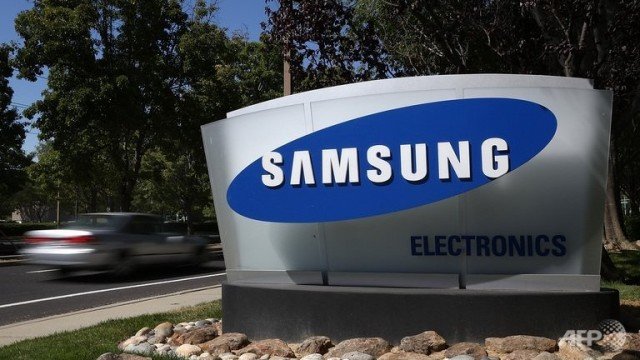Samsung announces 5G mobile network technology development
Samsung announces it has developed technology that could sit “at the core of 5G” – the successor to the 4G mobile-communications standard.
The Korean company says its equipment is capable of transmitting data at more than 1 Gbps across a distance of up to 2 km (1.2 miles).
It suggests the tech would eventually allow users to stream ultra-high-definition video while on the move.
However, one expert says the news needs to be put in context.
Prof. Rahim Tafazolli – who heads up the University of Surrey’s 5G research efforts – suggests that even if the latest development was used, it would only be “a small part of the larger jigsaw” of technologies needed to deliver 5G.
His words carry weight since his own £35 million ($55 million) project to develop a 5G standard is part-funded by Samsung.
Samsung says it has developed the world’s first “adaptive array transceiver” technology, an innovation that allows part of the super-high-frequency Ka band of the radio spectrum – at 28GHz – to be used for cellular data transmission.
The firm indicates its equipment, which features 64 antenna elements, overcomes a problem involved with using this frequency, which can cause the signal to weaken in rainy conditions.
“Samsung’s recent success in developing the adaptive array transceiver technology has brought us one step closer to the commercialization of 5G mobile communications in the millimetre-wave bands,” said Chang-Yeong Kim, head of the firm’s Digital Media & Communication Centre in Seoul.
A press release added that Samsung hoped devices based on the technology could be brought to market by 2020, offering mobile data transfers “up to several hundred times faster” than today’s 4G tech.
“As a result, subscribers will be able to enjoy a wide range of services such as 3D movies and games, real-time streaming of ultra-high-definition (UHD) content, and remote medical services,” it said.
Prof. Rahim Tafazolli stressed it would still be some years before the 5G standard was finalized.
His own team’s efforts were focused on transmitting data over an even higher frequency band in the radio spectrum, he added.
He also said it was not inevitable that whatever technology was agreed on would offer much faster data speeds, suggesting that finding a way for the next-generation system to cope with the expected growth in demand for mobile data use might take priority.
“Some of the companies are still putting too much emphasis on speed when discussing going from one generation to another generation,” he said.
“In my opinion 4G achieves a decent speed and what we need to do is crack the capacity crunch we are facing.”
Prof. Rahim Tafazolli’s work is funded by Samsung, Huawei, Fujitsu Laboratories and the UK government, among others. Alternative work is being carried out in Japan, China and elsewhere.
Developing the technologies involved in 5G could prove lucrative.
As an industry standard, its inventors would have to license the innovations involved to rivals, but they would be able to charge a small fee for each device that used them.
Discussions about which part of the radio spectrum to use will take place at the UN’s World Radiocommunication Conference in 2015.
[youtube GrVYHK2mDL0]

